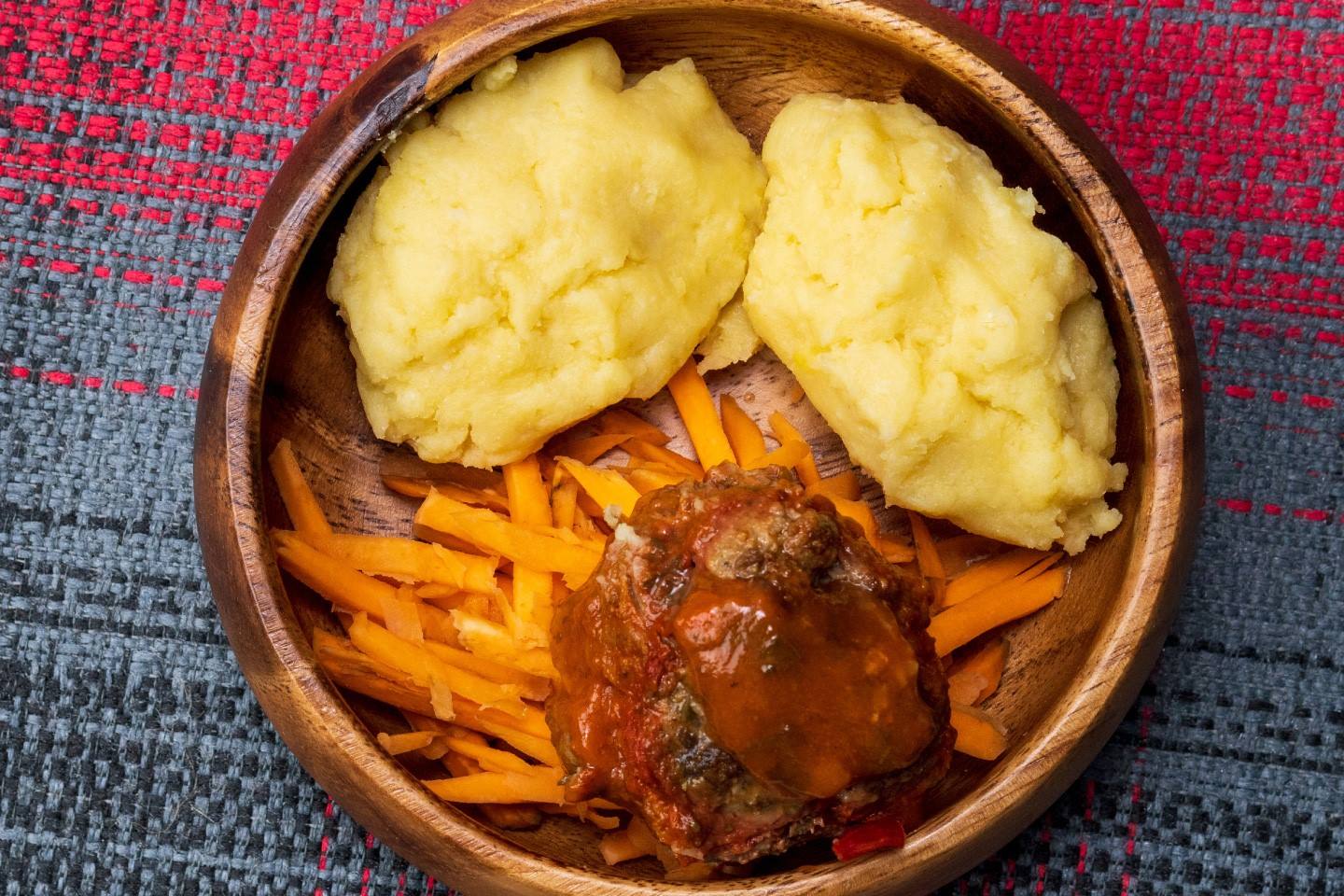9 Traditional Zambian Foods You Have To Try

Have you ever wondered what makes traditional Zambian foods so special? Zambia's cuisine offers a rich blend of flavors, textures, and ingredients that reflect the country's diverse culture. From hearty stews to unique side dishes, each meal tells a story. Imagine savoring nshima, a staple made from maize flour, paired with ifisashi, a delicious vegetable and peanut sauce. Or tasting kapenta, tiny dried fish that pack a punch of flavor. These dishes not only satisfy hunger but also provide a glimpse into Zambia's heritage. Ready to tantalize your taste buds? Let's dive into nine must-try traditional Zambian foods!
Traditional Zambian Foods You Have to Try
Zambia, a landlocked country in southern Africa, boasts a rich culinary heritage. Its traditional foods are a blend of indigenous ingredients and cooking techniques passed down through generations. Here are nine must-try dishes that offer a taste of Zambian culture.
1. Nshima
Nshima is the cornerstone of Zambian cuisine. This staple food, made from ground maize, resembles a thick porridge. It's typically served with various relishes, including vegetables, fish, or meat. Eating nshima involves rolling it into small balls and using it to scoop up the accompanying dishes.
2. Ifisashi
Ifisashi is a flavorful dish made from green leafy vegetables like spinach or pumpkin leaves, cooked in a rich peanut sauce. The combination of greens and groundnuts creates a creamy, nutty flavor that's both nutritious and delicious. It's often served alongside nshima.
3. Chikanda
Known as "African polony," chikanda is a unique Zambian delicacy made from wild orchid tubers, ground peanuts, and baking soda. The mixture is cooked until it forms a firm, sausage-like consistency. Chikanda is enjoyed as a snack or side dish, offering a taste that's both earthy and nutty.
4. Kapenta
Kapenta, or dried small fish, is a popular protein source in Zambia. These tiny fish are typically sun-dried and then fried or cooked in tomato and onion sauce. Kapenta is often served with nshima and vegetables, providing a crunchy texture and salty flavor.
5. Munkoyo
Munkoyo is a traditional Zambian beverage made from fermented maize and munkoyo roots. This refreshing drink has a slightly sour taste and is often enjoyed during social gatherings. Munkoyo is not only a thirst-quencher but also believed to have health benefits.
6. Delele
Delele, also known as okra soup, is a slimy yet tasty dish made from okra pods. The okra is cooked with tomatoes, onions, and sometimes groundnuts, creating a thick, mucilaginous soup. Delele is usually served with nshima, adding a unique texture to the meal.
7. Vitumbuwa
Vitumbuwa are Zambian doughnuts, a popular street food and snack. These deep-fried dough balls are made from flour, sugar, and yeast, resulting in a sweet, fluffy treat. Vitumbuwa are perfect for satisfying a sweet tooth and are often enjoyed with tea or coffee.
8. Inswa
Inswa, or flying termites, are a seasonal delicacy in Zambia. These insects are harvested during the rainy season, then roasted or fried until crispy. Inswa are rich in protein and have a nutty flavor, making them a unique and nutritious snack.
9. Kandolo
Kandolo, or sweet potatoes, are a versatile and beloved food in Zambia. They can be boiled, roasted, or fried and are often enjoyed as a side dish or snack. Kandolo's natural sweetness makes it a delightful addition to any meal.
Savoring Zambian Cuisine
Zambian cuisine offers a rich tapestry of flavors and textures. From the hearty Nshima to the savory Ifisashi, each dish tells a story of tradition and culture. Chikanda, often called African polony, provides a unique taste experience, while Kapenta brings a delightful crunch. Vitumbuwa satisfies sweet cravings, and Munkoyo refreshes with its traditional brew. Impwa and Kachumbari add fresh, vibrant elements to meals. Delele rounds out the culinary adventure with its distinctive texture.
Trying these foods not only fills your stomach but also connects you to Zambia's rich heritage. Whether you're visiting or cooking at home, these dishes offer a delicious way to explore a new culture. So, next time you're looking for something different, give Zambian cuisine a try. You won't be disappointed.

